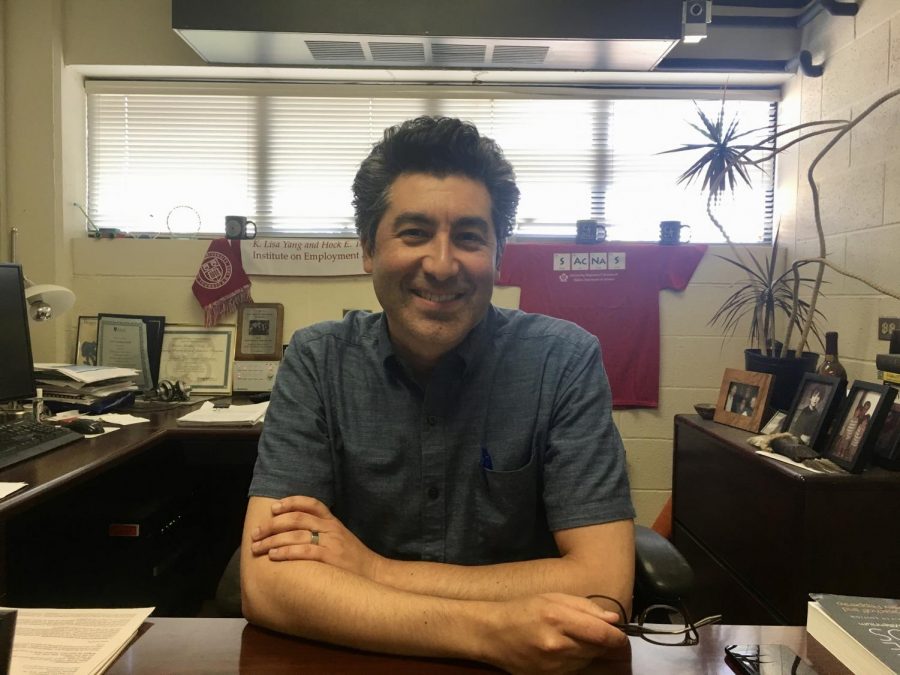Vanderbilt professor of Physics and Astronomy Keivan Stassun, along with colleagues from Harvard, MIT, Stanford and other universities, published a study in Nature Aug. 19 detailing another planet similar to Earth. This breakthrough marks an essential step forward in finding other habitable planets.
While the planet is approximately the same size and rocky material as Earth, its lack of an atmosphere makes it inhabitable.
NASA discovered the small terrestrial planet in 2018. The planet, named LHS 3844b, orbits a star almost 49 light-years from Earth.
This planet is “Earth-like” according to Stassun because of its size and composition. However, according to the study, LHS 3844b is very different from Earth in a number of ways. For example, it has little to no atmosphere, and can’t sustain life.
“We have a planet that’s very much like the Earth in terms of its bulk composition,” says Stassun. “It’s a rock that has pretty much the same mass as the Earth, pretty much the same size as the Earth, but it’s totally barren.”
The planet was picked up by NASA’s Spitzer Space Telescope as part of a project called the Transiting Exoplanet Satellite Survey (TESS) mission. TESS is an ongoing study that aims to find planets outside of our solar system and explore the variety of conditions that exist on them. Stassun equates this range of conditions to the diversity of habitability prospects within our own solar system.
Stassun and his team at Vanderbilt created the map of stars that are a suitable size and distance from Earth for the TESS mission to study. They use a technique developed by Stassun to calculate the size of thousands of stars, based on the amount of light from the star that reaches Earth. With this information, they are able to subsequently detect and measure planets orbiting those stars.
LHS 3844b orbits a small, cool star called a dwarf M star. In this case, LHS 3844b’s proximity to the star is potentially what caused it to lose its atmosphere.
“Our current interpretation is that this Earth-like world probably had an Earth-like atmosphere, but by virtue of the intense radiation it’s receiving from the star it’s orbiting, that atmosphere was just blasted away,” Stassun said. “It gives us a window into one possible outcome for Earth-like worlds out there.”



